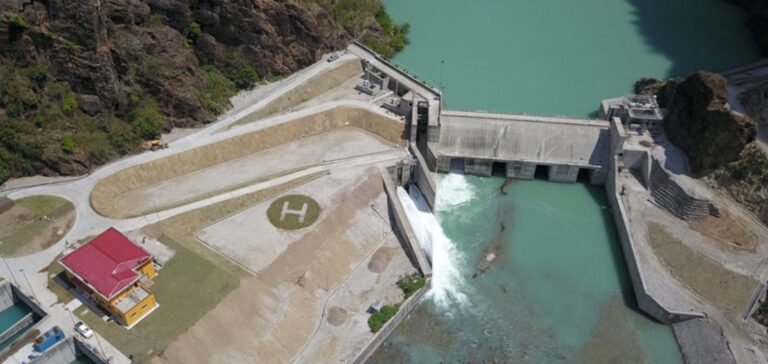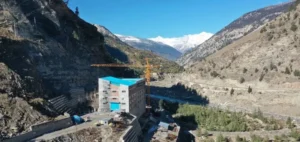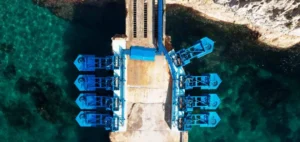Barshaman Pun, Nepal’s Finance Minister, concluded his visit to the United States last Saturday, a visit that was crowned with success with an important agreement with the World Bank. The agreement covers financing for the Upper Arun hydroelectric project in Sankhuwasabha, which is set to significantly boost Nepal’s energy production.
Concessional loan agreement
During discussions with senior World Bank officials, Minister Pun secured an agreement in principle for a concessional loan of around $8.5 million for the Upper Arun Hydropower project. This crucial project aims to harness Nepal’s abundant hydropower potential to meet its growing energy needs and reduce its dependence on imported energy sources.
Project capacity and impact
The Upper Arun Hydropower project, to be built in Sankhuwasabha, is a key initiative with a capacity of 1,063 MW. It plays a vital role in Nepal’s energy security and economic development, meeting the country’s growing energy demands.
Commitment to clean energy
Minister Pun expressed his satisfaction with the outcome of his discussions, highlighting the importance of international cooperation in realizing Nepal’s hydropower ambitions. He underlined Nepal’s commitment to clean energy production and its potential to become a leading exporter of clean, green energy in the South Asian region.
Development of additional projects
In addition to the agreement on the Upper Arun project, the Minister also explored co-financing opportunities for another major project, the 635 MW Dudhkoshi hydroelectric dam project.
Minister Barshaman Pun’s successful visit to the USA and the agreement reached with the World Bank for the Upper Arun project reinforce Nepal’s position as an attractive destination for international investment and a development partner, essential to its ambitious development agenda.






















